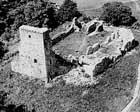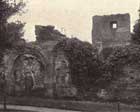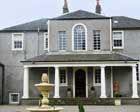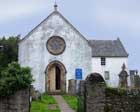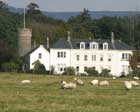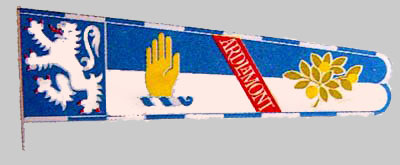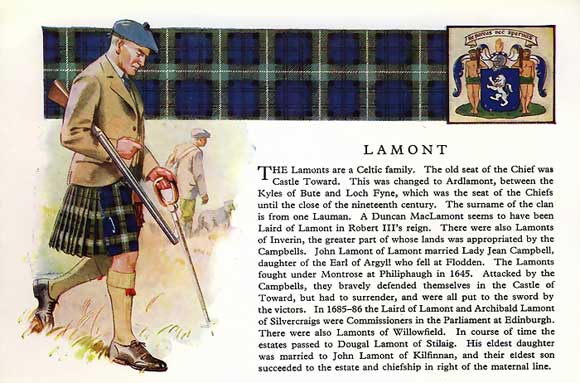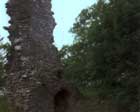 |
||
 |
||
Lamont ClanNe parcas nec spernas |
||||||
|
Clan Lamont information
|
||||||
 |
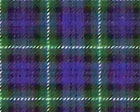 |
 |
||||
|
Clan crest badge
|
Toward Castle
|
Lamont tartan
|
Clan Location
|
|||
|
Toward Castle 1920
|
Ardlamont House
|
Kilfinan Church
|
Knockdow Castle
|
|||
Clan HistoryThe name Lamont starts appearing around The Cowal area in the 13th century with entries in land registers. A Sir Laumon granted lands to the monks of Paisley to found a church in the area which was to be known as Kilfinan. In 1300 there was a period of 15 years when Scotland was without a king. One of the contenders was The Red Comyn of Badenoch, a MacDougall and another was Robert the Bruce. Unfortunately for Clan Lamont they sided with the MacDougalls. The Red Comyn was slain at Greyfriars Kirk by the Bruce ( a deed that was to get him excommunicated by the Pope) After this nasty event Robert the Bruce was crowned King in 1305. In the 1640's Mary Queen of Scots grandson Charles 1st (second King of United Kingdom) was caught up in the English Civil war with Cromwell and Sir John Lamont, 14th clan chief sent men to England to fight for Charles - bad move again. There was slaughter as the Campbells fell upon the Lamonts, who had lain down their arms. Figures vary of between 100-900 men, women and children were cut down. Sir John was imprisoned in Dunstaffnage Castle, where he was to stay for five years, and their properties were looted and burned. Sir John's sister Isobel managed to escape, luckily with the written surrender document, and eventually managed to present her story and proof before the King. This among other crimes resulted in the Marquis of Argyll ultimately being executed for his crimes in Edinburgh 1661. In 1663 Sir John had his lands restored which must have been a bitter-sweet end piece. The castles were left to ruin as they still stand today. The Clan lost heart and never recovered.
Kilfinan Parish Church about 10 miles west of Dunoon was a clan graveyard. Toward Castle is a ruin and located about seven miles south of Dunoon. Ascog Castle is also very much a ruin located on the Ascog Loch just before Portavadie, which is about 8 miles - as the crow flies - west-south-west of Dunoon. (or 27 miles by road, using a medium car would leave a carbon footprint of 9.64kg [ aren't computers wonderful LOL]). After Toward in 1646, Ardlamont became the seat of the Lamonts, an 11,000 acre estate situated about 10 miles to the east of Dunoon. Ardlamont a grade "B" listed mansion house was originally built in 1325. In 1819 when the 19th Clan Chief returned from the Napoleonic wars, where he was in command of the Gordon Highlanders, he invested heavily in a makeover to bring the house up to date. It was advertised for sale at £90,000 in 1893 but actually changed hands for £70,000. Knockdow was the seat of the McGorrie Lamonts, the house is located in a 6,000 acre estate, about 11 miles south-east of Dunoon. It was built in 1817, and enlarged and remodeled by the last Lamont of Knockdow, Sir Norman Lamont. The estate was sold in 1990. In 1893 the Clan Chief sold all the remaining clan lands excepting Knockdow and left for Australia. Anyone visiting the area should try to catch Cowal Highland Gathering a sight to see at the end of August. Book accommodation early though the whole area is stowed out. I got one place for my caravan 5 miles out of Dunoon after 3 hours trying all the camp sites.
|
||||||
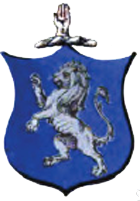
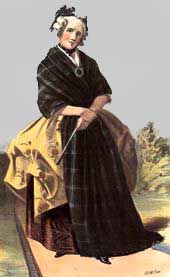
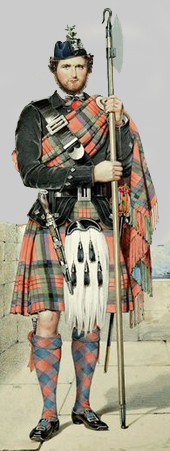
A painting of James Lamont in the 1870's he has a sword with a brass basket hilt of late eighteenth century pattern also a stag's horn dirk, a buck's horn small knife and a buck's horn skean dhu. Holding a Lochaber axe. These were originally designed with a long haft and hook at the end to enable the user to pull his opponent off his horse and then attack him with the axe.
